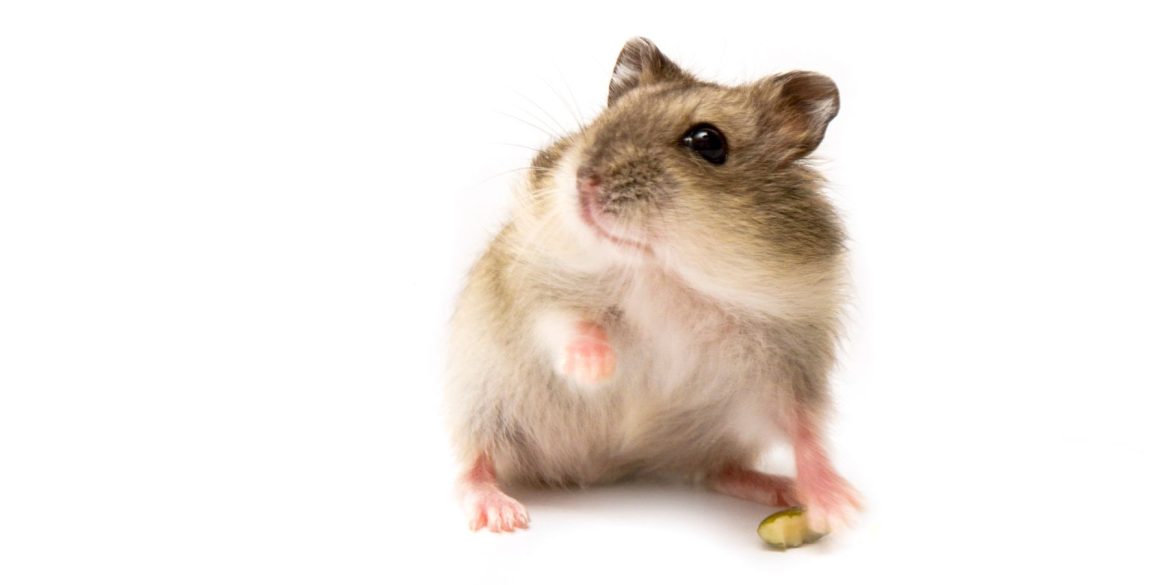Forming a bond with your hamster is a rewarding experience that enhances the joy of pet ownership. Building trust with these small, sometimes skittish creatures requires patience, understanding, and gentle care. This guide will help you create a strong bond with your hamster, making them feel secure and loved both inside and outside their hamster cage.
Understanding Your Hamster’s Needs
The first step in bonding with your hamster is to understand their needs and natural behaviors.
Providing a Comfortable Environment
Safe and Cozy Hamster Cage: Ensure your hamster has a comfortable and secure cage that meets all their needs.
Consistent Routine: Hamsters thrive on routine. Feeding, cleaning, and interaction times should be consistent.
Recognizing Their Nature
Nocturnal Animals: Hamsters are most active at night, so choose the evening for bonding activities.
Individual Personalities: Each hamster is unique. Some may be more outgoing, while others are shy and take longer to warm up.
Creating a Bond with Your Hamster
Building a bond with your hamster involves regular, gentle interactions.
Gradual Introduction
Start Slow: Initially, let your hamster get used to your presence. Talk to them softly when you’re near the hamster cage.
Hand-Feeding: Offer treats from your hand to encourage your hamster to approach you.
Handling Your Hamster
Gentle Handling: Once your hamster is comfortable with hand-feeding, you can gently try to hold them. Scoop them up carefully and hold them close to your body.
Respect Their Boundaries: If your hamster seems scared or uncomfortable, put them back in their cage and try again later.
Building Trust Through Daily Interactions
Consistent and positive interactions are key to building trust with your hamster.
Regular Playtime
Interactive Play: Use toys to interact with your hamster outside their cage. Ensure this is done in a safe, enclosed area.
Talking and Spending Time: Spend time near your hamster’s cage talking softly or reading aloud to get them used to your voice.
Positive Reinforcement
Treats and Praise: Reward your hamster with their favorite treats and gentle praise for positive interactions.
Overcoming Challenges in Bonding
Bonding with a hamster may come with challenges, but patience and understanding can overcome these.
Dealing with Skittish Behavior
Patience is Essential: Don’t force interactions. Allow your hamster to come to you at their own pace.
Creating a Stress-Free Environment: Avoid loud noises or sudden movements that could startle your hamster.
Building Confidence
Consistent Routine: Stick to a routine to help your hamster feel secure.
Familiarity and Comfort: Let your hamster become familiar with your scent by placing a piece of cloth with your scent in their cage.
Health and Wellness
A healthy hamster is more likely to be interactive and trusting.
Regular Health Check-ups
Veterinary Visits: Regular health check-ups are important to ensure your hamster is healthy.
Monitoring Behavior: Keep an eye on any changes in behavior or appetite as these could indicate health issues.
Clean and Safe Habitat
Regular Cage Cleaning: Keep the hamster cage clean and hygienic.
Safe Environment: Regularly check the cage for any potential hazards.
Conclusion
Bonding with your hamster takes time, patience, and consistent, gentle care. By understanding your hamster’s needs, providing a comfortable environment, engaging in regular playtime, and using positive reinforcement, you can build a strong and trusting relationship. Remember, each hamster is unique, and bonding can take different forms depending on their personality.
